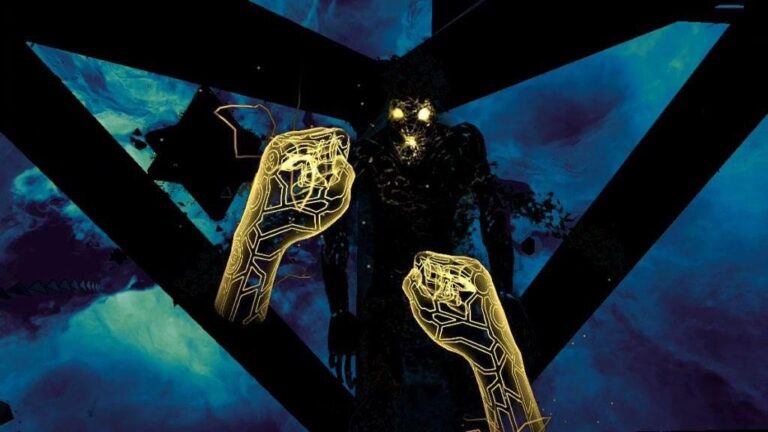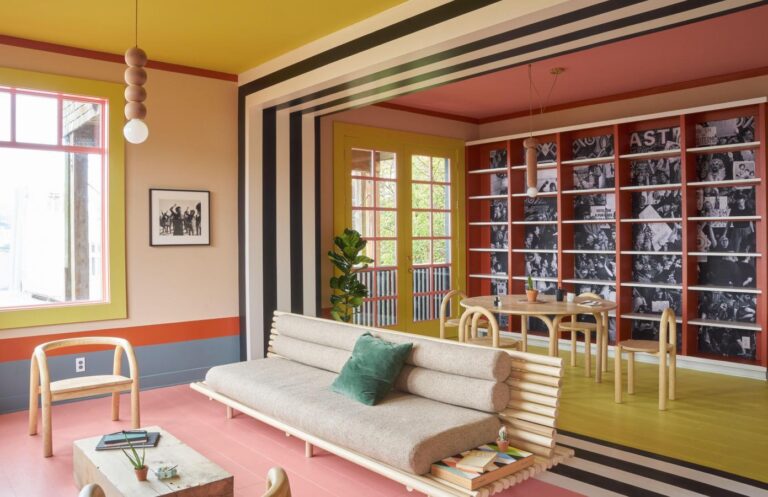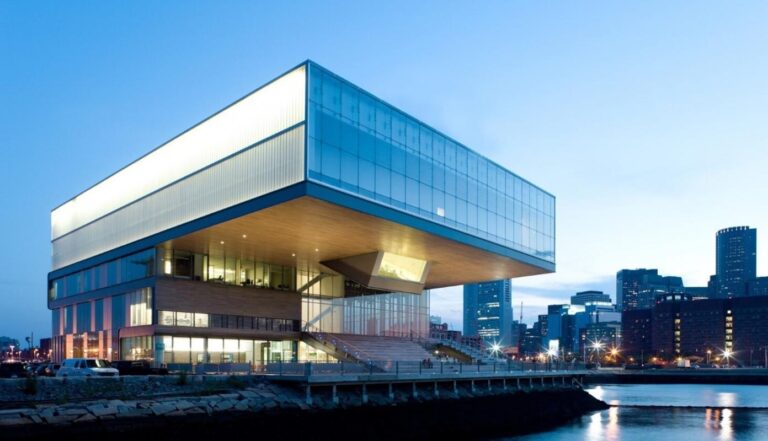
Sarah Wolozin: “With any true experimentation, there is failure”
Interview
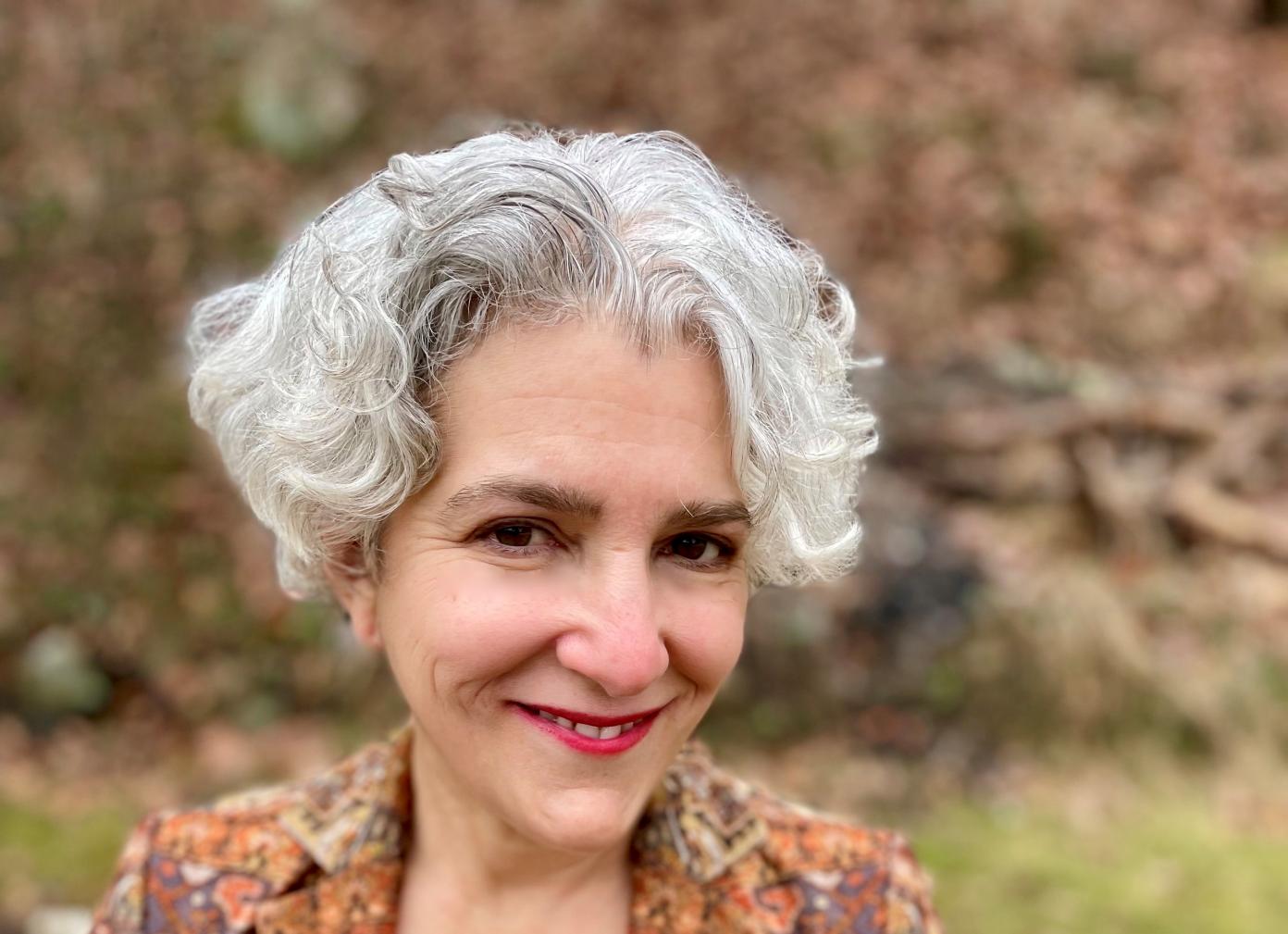
Sarah Wolozin. © MIT Open Documentary Lab / Sarah Wolozin
By Jalalle Essalhi & Camille Jeanjean
Universities are playgrounds for innovation. The rise of immersive reality technologies in the United States comes from places like the MIT Open Documentary Lab, which combines scientific research and digital technology at the service of society. Interview with Sarah Wolozin, founding director of the MIT Open Documentary Lab.
About Sarah Wolozin: Sarah Wolozin is the Founding Director of the MIT Open Documentary Lab. She is also the founder and editorial director of Docubase, co-founder and a member of the editorial collective of Immerse, and co-founder of the Co-Creation Studio. Wolozin has long had an interest in exploring, researching and incubating new story forms and processes for social change. She has sat on numerous committees and juries including Tribeca Storyscapes, Tribeca New Media Fund, Sundance New Frontier Story Lab, the IFP Media Center, Puma Impact Award, and World Press Photo. She has presented at Sundance, MOMA, SXSW, International Documentary Festival of Amsterdam, Storycode, MIT, DocMontevideo and many other venues.
In what way do (and did) American universities actively participate in making innovative forms of new media emerge?
Universities provide an important space for innovation because they are set up for research, experimentation, and new ideas to emerge. People have the time, resources and freedom to experiment. There is an expectation that faculty, researchers and students will develop new ideas and theories. With any true experimentation, there is failure. When trying something that has never been done before, there is no roadmap and learning from the failure becomes an important part of the process. If you are not failing, you are not pushing the boundaries. A space where you can iterate is key. Innovative forms of new media can emerge when there is not the pressure of producing a product that must sell or be ready for prime time.
Do universities dedicate spaces to VR? And did the teachers at MIT already integrate VR into their curriculums?
Universities are increasingly dedicating space to create immersive media with VR. Besides MIT, other universities that come to mind are Emerson College, Berklee College, Arizona State University, and University of Southern California among others. There are also universities who have been experimenting with VR for many years for other uses such as medical and educational. Our lab, the MIT Open Documentary Lab, offered the first VR production course at MIT in 2017. It was called HackingVR and taught by Sandra Rodriguez. Oculus created a program to seed VR curricula in universities back in 2017 and we were selected as a pilot together with nine other universities.
Working on new media, especially in labs, can be highly specialized. How do you and your team work on making your research accessible to the general public and more inclusive for creators?
It’s very important to us to make our research accessible to the general public and specifically for creators. We have created several resources that “translate” our research for a general public. One is Immerse, a medium publication, whose purpose is to provide a forum for practitioners to reflect on their work and to be a bridge between academia and industry. Articles are written in a journalistic style rather than an academic style. We also created Docubase which distills essential data and information about digital documentaries that anyone can use and access. It’s very important to me that we share knowledge and learn from practitioners, students and scholars as well as the general public. We write our reports in an accessible way and post them on our website. I am not trained as an academic and have always made it a priority to make MIT knowledge accessible to all.
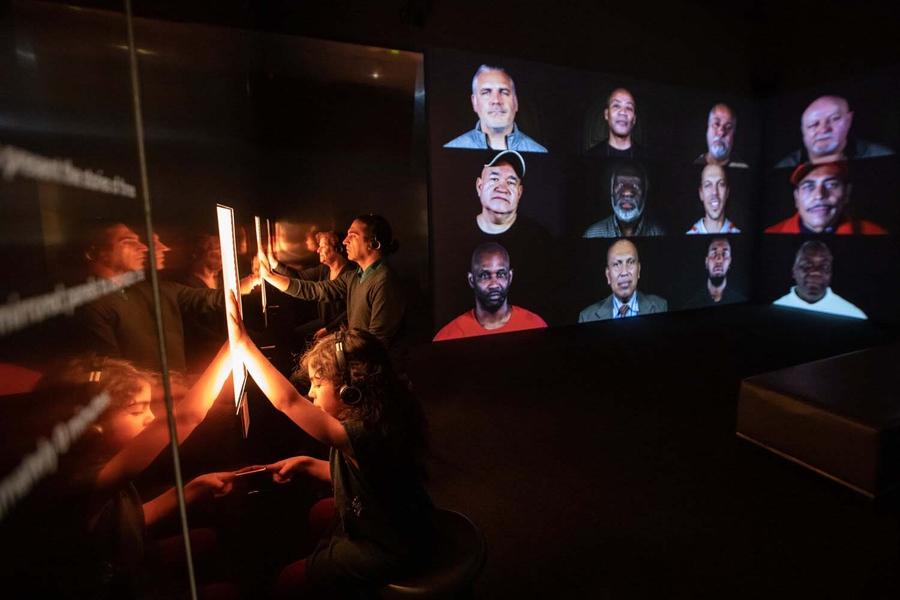
Images from “A Father’s Lullaby,” an immersive, interactive work by Rashin Fahandej, a current fellow in MIT’s Open Documentary Lab. © Rashin Fahandej / MIT Open Documentary Lab
How do you attract such a diverse range of people, going from technologists, artists to scholars?
We attract people from many disciplines who want to push the boundaries of documentary storytelling. We value and encourage interdisciplinary research and our mission is to bring artists, scholars and technologists together. People interested in this kind of documentary experimentation and environment usually find us. Our field brings artists and technologists together and our lab is well known in the field. We sit in a world-famous academic institution so scholars interested in interactive and immersive documentary usually find us too.
Bringing new media into documentary challenges the way artists and scholars explore and create storytelling techniques. Could you describe to us why the work of Villa Albertine’s resident Mathieu Pradat fits into MIT Open Documentary Lab’s vision?
Mathieu came to us with an interdisciplinary approach and a well developed research creation practice. He has studied architecture and film and he both creates projects and theorizes about them. His work explores the interaction between virtual and real worlds and narrative spaces in VR. This exploration of narrative, space, and user interaction with emerging media technologies is exactly the kind of research we support because it helps advance our understanding about new documentary forms and audience interactions with new media. His knowledge of both architecture and cinema allows him to explore the intersection between these fields which is where new ideas and learning emerge.
You were a pioneer in the field of web series in the 1990s and saw the potential of digital tools before many people in the industry. How do you picture the way documentaries will be made in 20 years?
I don’t like to make predictions that far in advance because I don’t know what technologies will be available in 20 years. That’s a long time away in the world of tech innovation. What I do see are new potential uses of emerging technology for storytelling like I did in the 90’s when the web first emerged publicly. Mixed reality and augmented reality where you can experience 3D media in physical spaces rather than on a screen seems like a good space for documentary but I think these new forms and experiences are already emerging. We don’t have to wait 20 years.

